The stratosphere, Earth's second major atmospheric layer extending from about 10 to 50 kilometers above the surface, plays a critical role in maintaining the planet's climate and protecting life from harmful ultraviolet radiation. Within this high-altitude realm, complex chemical interactions unfold—processes that have fascinated scientists since the discovery of the ozone layer in 1913. Unlike the turbulent troposphere below, the stratosphere exhibits relative stability, allowing chemical substances to persist for years and circulate globally, creating consequences we are only beginning to fully comprehend.
Ozone dynamics remain the most widely recognized stratospheric chemical phenomenon, but this thin protective shield represents just one piece of an intricate puzzle. The same region that gives us the life-preserving ozone layer also hosts substances capable of destroying it—chlorofluorocarbons (CFCs), halons, and other anthropogenic compounds whose stability allows them to migrate upward over decades. What makes stratospheric chemistry particularly fascinating is its paradoxical nature: the same atmospheric conditions that enable ozone formation also facilitate its destruction under different circumstances. Sunlight, temperature gradients, and the presence of polar stratospheric clouds create a laboratory unlike any on Earth's surface.
Recent research has uncovered surprising connections between stratospheric chemistry and climate change that extend far beyond ozone depletion. The increasing concentration of greenhouse gases alters temperature patterns in the stratosphere, which in turn affects chemical reaction rates and atmospheric circulation. Scientists have observed unexpected changes in the lifetimes of certain chemicals—some persisting longer than predicted while others break down more rapidly. These shifts have cascading effects on everything from UV radiation levels at the surface to the formation of aerosols that influence global weather patterns.
The volcanic eruptions provide dramatic case studies in stratospheric chemistry. When Mount Pinatubo erupted in 1991, it injected approximately 20 million tons of sulfur dioxide into the stratosphere, creating sulfate aerosol particles that circled the globe for years. These particles not only affected climate by reflecting sunlight but also provided surfaces for chemical reactions that accelerated ozone depletion. Such natural experiments demonstrate how the stratosphere responds to massive chemical inputs—knowledge that becomes increasingly valuable as we consider potential geoengineering solutions to climate change.
Perhaps the most pressing contemporary issue involves the unexpected resurgence of ozone-depleting substances. Despite the success of the Montreal Protocol in phasing out CFCs, atmospheric chemists have detected mysterious emissions of banned chemicals and the appearance of new, unregulated compounds with similar destructive potential. Tracking these substances requires sophisticated global monitoring networks and satellite systems capable of detecting minute concentrations across vast atmospheric volumes. The challenge lies not just in measurement but in attribution—determining whether unexplained chemical signatures originate from illegal production, accidental releases, or previously unknown natural sources.
Looking ahead, the stratosphere may become an arena for deliberate chemical intervention as climate engineering proposals gain attention. Ideas like injecting reflective particles to offset global warming would fundamentally alter stratospheric chemistry with unpredictable consequences. The scientific community remains divided on whether we understand these systems well enough to responsibly manipulate them. What's certain is that as human influence extends into this once-pristine atmospheric layer, we must approach stratospheric chemistry with both curiosity and humility—recognizing that every intervention carries risks we may not fully appreciate for decades.
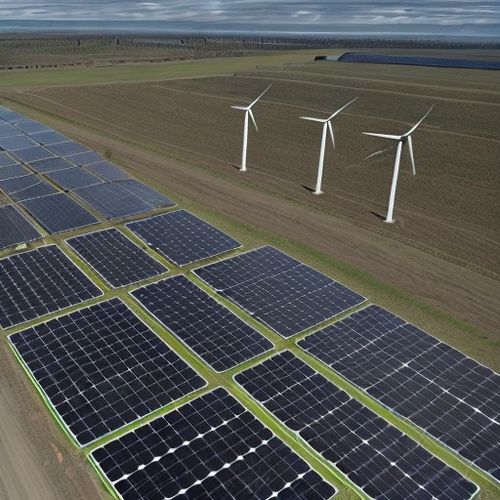
By Megan Clark/Apr 19, 2025

By Thomas Roberts/Apr 19, 2025
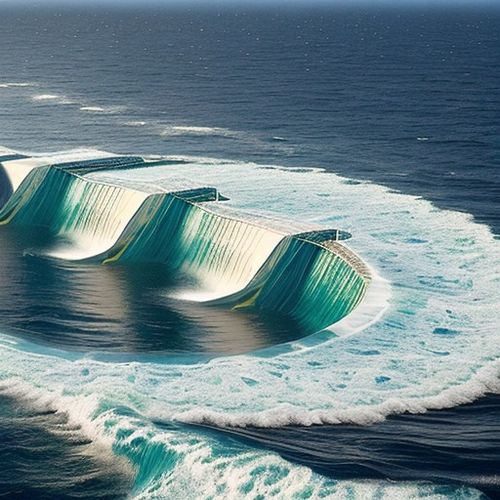
By Thomas Roberts/Apr 19, 2025
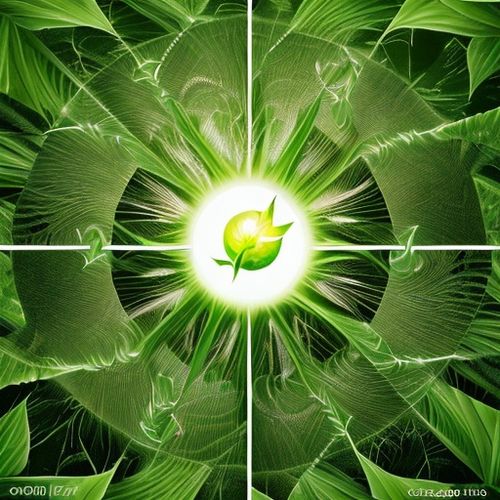
By Emily Johnson/Apr 19, 2025

By Samuel Cooper/Apr 19, 2025
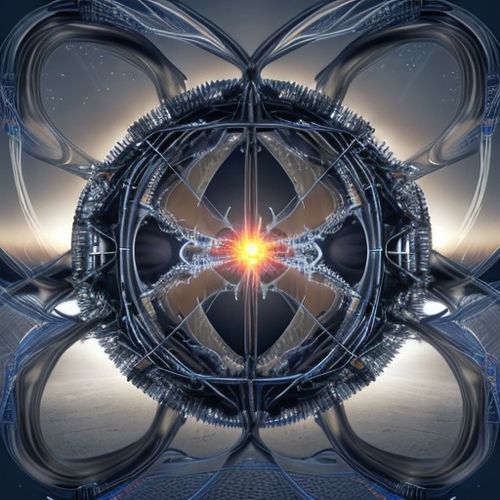
By Samuel Cooper/Apr 19, 2025
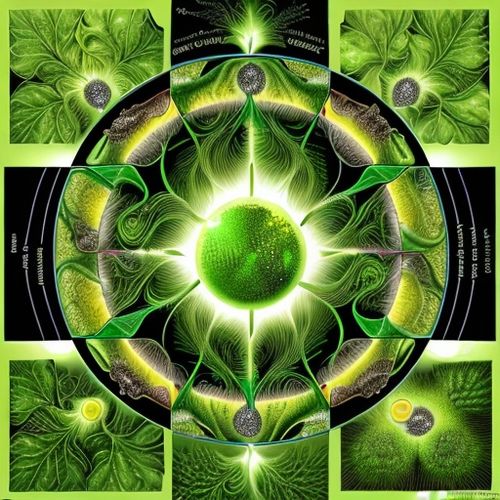
By George Bailey/Apr 19, 2025

By Joshua Howard/Apr 19, 2025

By William Miller/Apr 19, 2025
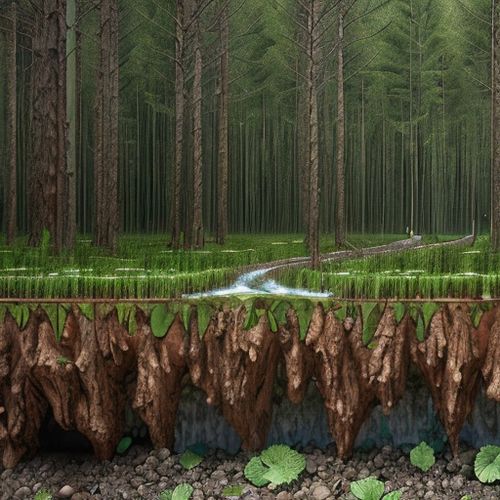
By Emily Johnson/Apr 19, 2025
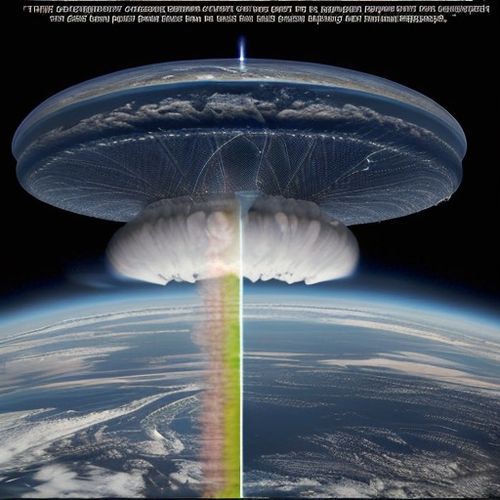
By William Miller/Apr 19, 2025
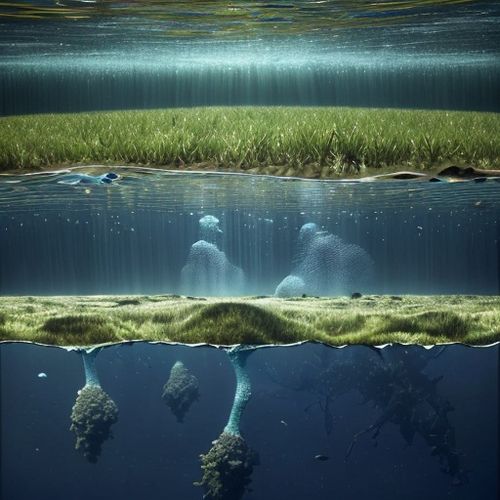
By James Moore/Apr 19, 2025
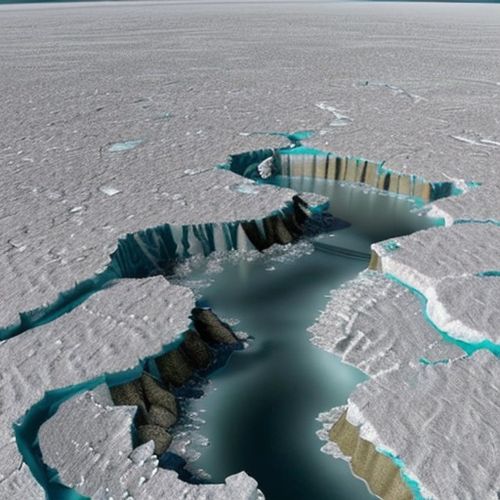
By Joshua Howard/Apr 19, 2025
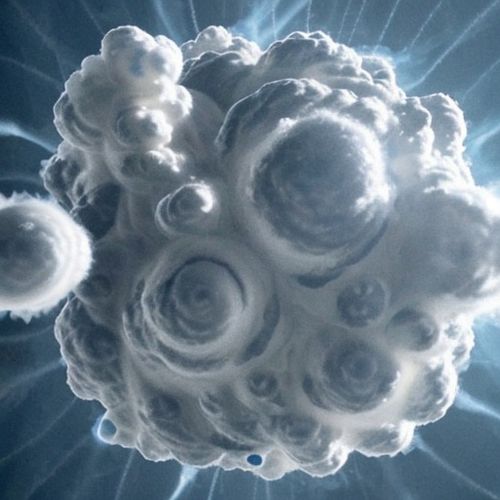
By William Miller/Apr 19, 2025
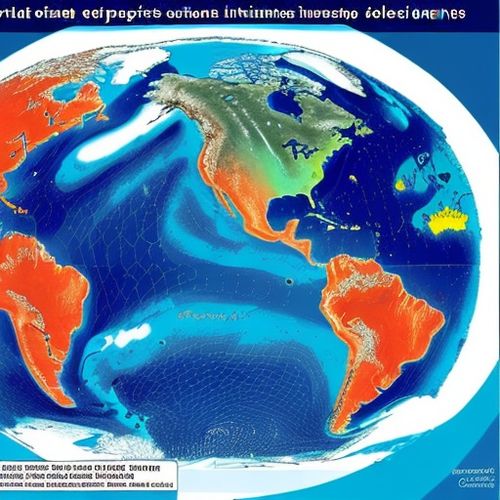
By James Moore/Apr 19, 2025

By Elizabeth Taylor/Apr 19, 2025
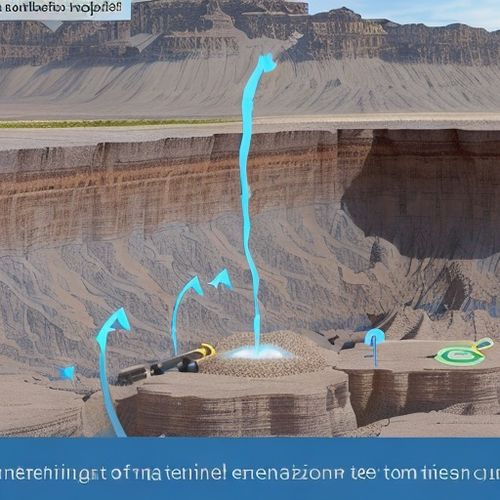
By Grace Cox/Apr 19, 2025
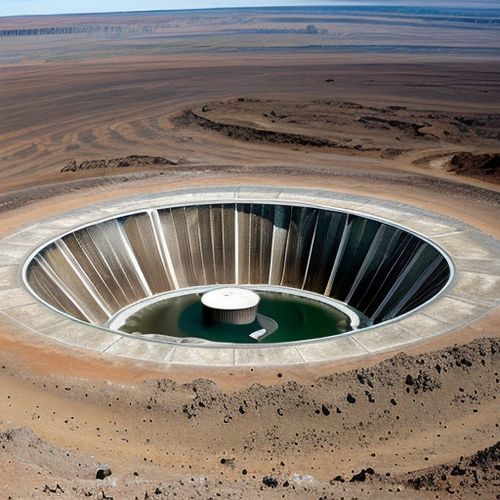
By Grace Cox/Apr 19, 2025
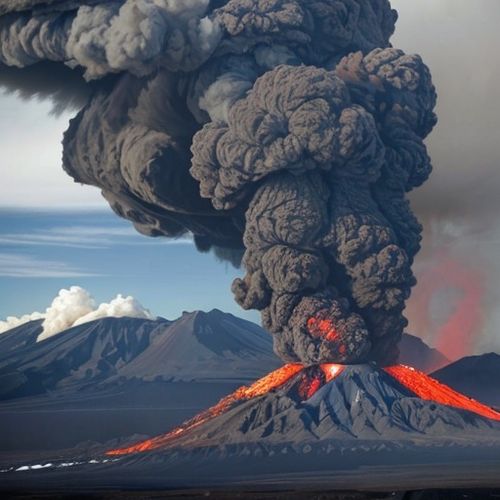
By Joshua Howard/Apr 19, 2025

By David Anderson/Apr 19, 2025